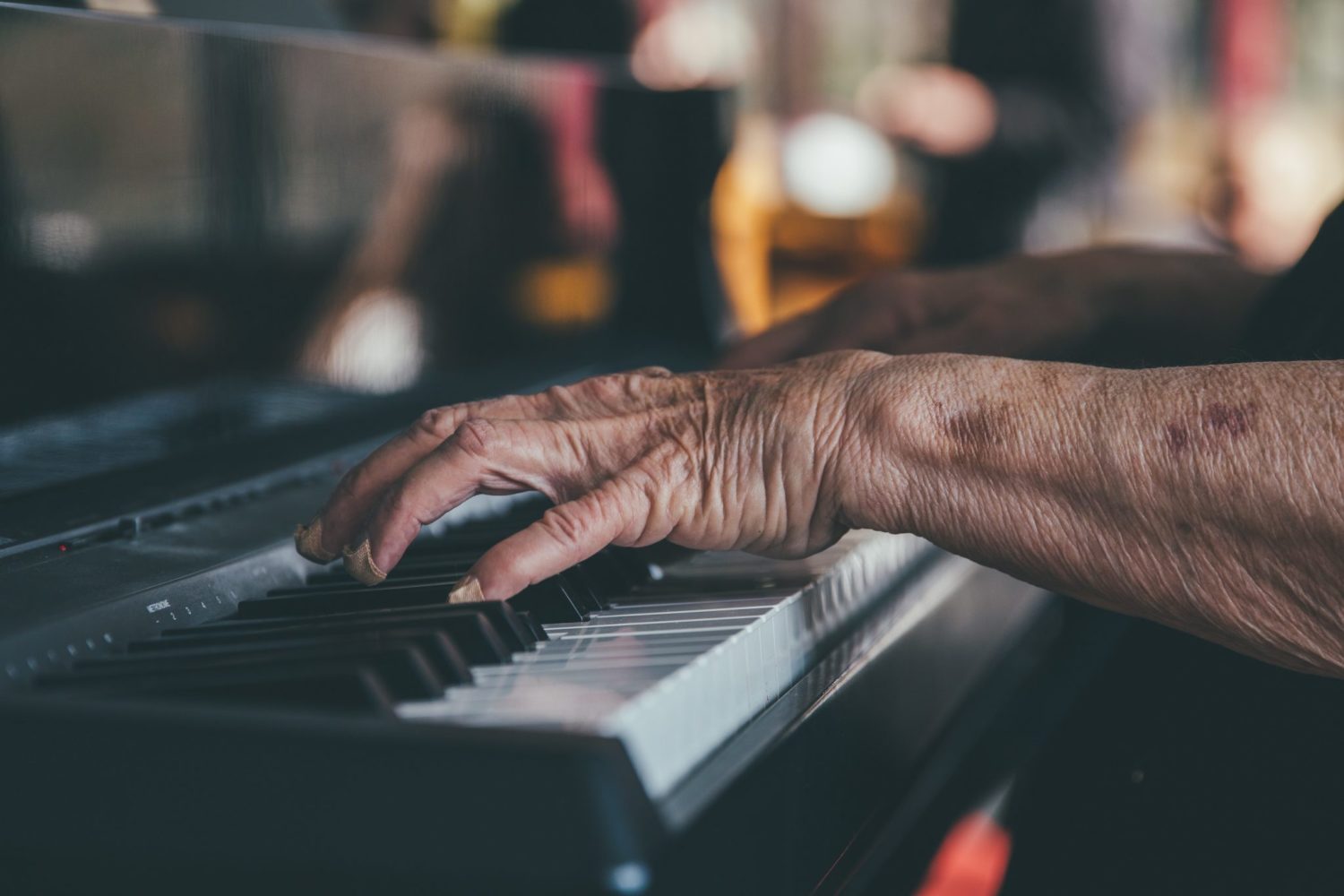
Motor Memory: Why You Never Forget How to Ride a Bike
Motor memory is the result of motor learning, which involves developing new muscular coordination. This allows us to recall motor coordination we have learned in order for us to interact with the environment. Playing the piano, catching a ball, and riding a bike are all examples of motor memory. These activities are also examples of things that are rather hard to forget how to do. How is this true? What makes our muscles able to remember so well?

Motor memory– Like riding a bike
Motor Memory: Types of Memory
Motor memory, like any form of memory, has a short and a long-term component. Short-term motor memory is very similar to that of verbal short-term memory in general concept but different in where it is stored in the brain and other aspects.
Short-term memory only encompasses the temporary stage of memory storage. In order to store memories for longer periods of time, repetition of the task must be done to move the memory from short-term to long-term memory. In long-term memory, especially when looking at the typical or “non-motor” memory, the information stored does not include specifics as time goes on. The information is rather stored with the big ideas of the memory and small details ultimately fall away.
Motor Memory: The Muscles (almost) Never Forget
The examples given earlier of playing piano, catching a ball, and riding a bike are all great ways to look at how durable long-term motor memory is. This is due to where in the brain motor memory is stored. Let’s look at the difference between short-term motor memory first and long-term first.
There are many different types of memory that is developed in the human brain. Scientists argue over which exact lobes, portion, or parts of the brain might be responsible for storage and recall. More research is needed to discover how the effects of memory change over time. Animal studies on memory have shown promise as primates like chimpanzees have very good memory and can complete complex memory tasks that are developed for Humans.
Areas of the Brain Related to Motor Memory
Traditional information or episodic memory ultimately ends up in the cerebral cortex, but its journey begins in the hippocampus. This is not the same for motor memory. In fact, it begins its journey in the cerebral cortex. Purkinje neurons located in the cerebral cortex are the source of short-term motor memory. The type of neuron is important to understand because they transmit signals to the cerebellum, the area of the brain that governs movement.
These specialized Purkinje neurons are also important in converting short-term memory into long-term memory. This is because actions rehearsed in short-term memory eventually consolidate and are “moved” into long-term memory. Long-term memory is a bit harder to pin down to one specific area of the brain. A lot of research is currently being done in order to understand how the signals flowing out of the cerebellum to impact rehearsed coordinated movement. Most of the research is leaning towards the work of many interneurons working together. Interneurons are neurons that just transport signals to other neurons, most commonly observed in a reflex response. It is hypothesized that the interneurons lay out a ground map for movement signals to follow when an individual is introduced to a familiar external stimulus.

Motor memory
Motor memory: Remembering to Ride a Bike
All that time spent on as a kid on sidewalks, driveways, and cul-de-sacs with training wheels on your bike allowed for your brain to begin building and assigning interneuron pathways for your cerebellum to outflow muscle information to your legs. The general gross motor movements were different than walking, and your body needed to acclimate to the new challenge.
The first day you sat on your bike it was hard and awkward, and the second day was probably not much better. However, by the end of the week, you were most likely zooming all around your neighborhood. This is because the rate at which short-term motor memory transfers to long-term motor memory is extremely fast. A few days is the longest amount of time that this transfer usually occurs. This is far faster than typical memory being consolidated within at least a week.
However, if you were to hang up your bicycle for a few years and then take it down for a quick spin you would not forget how to ride it. You may feel wobbly, and a bit uneasy, but your brain and body quickly make corrections associated with balance, also governed by the cerebellum, in order to keep you upright and moving. Those slight adjustments are the work of your short-term motor memory impacting your long term memory.
Motor memory: Memory of Playing the Piano
Remembering to play the piano, or any musical instrument that requires dexterity is also similar to remembering how to ride a bike. Although, with music, there is a non-motor memory component: how the piece sounds.
Sitting down at a piano might not conjure up that specific Bach concerto you spend months working through, but allowing your hands to run up and down the familiar keys will allow you to remember the piece or the composer. Music and sound has a very distinct impact on our memory and hearing how something sounds often works in a cyclical fashion to make the hands move more smoothly across the keys. However, just the like the bike example, it will take time in order to gain speed when playing.
Motor memory: Remembering to Catch a Ball
Unlike the other two examples, catching a ball is a better example of short-term motor memory. The overall outline of how to catch a ball remains the same, thanks to your long-term motor memory. However, your short-term motor memory is what allows you to process how the other person is throwing you the ball. This is equally true with how you are throwing the ball back. Perhaps you misjudged how far away you were from one another. Within a few throws, you will be able to throw consistently to each other, as well as understand how to catch a “trickier” or unexpected throw. The speed at which you are able to do this is evidence of how well your brain and muscles communicate.

Motor memory
Motor Memory and Age
In many neurodegenerative diseases, memory is greatly impacted. Many early symptoms of dementia and Alzheimer’s disease include loss of motor memory. In these cases, motor decline is coupled with cognitive processes decline, which suggests that the two are related.
New emerging therapies and treatments for Alzheimer’s patients include a physical exercises component. Exercise releases a handful of neurotransmitters (types of neurotransmitters) in relatively high doses, and this increase in neurotransmitter activity in the brain could be what makes this treatment beneficial. Dopamine has a high number of receptors in the cerebellum, which governs motor control. The increase in dopamine in that area of the brain during exercise could reinforce the motor memory map laid out by interneurons extending from the cerebellum. This alternative to pharmaceutical intervention may even help us further understand why long-term and short-term motor memory differ from our typical memory schematic.












